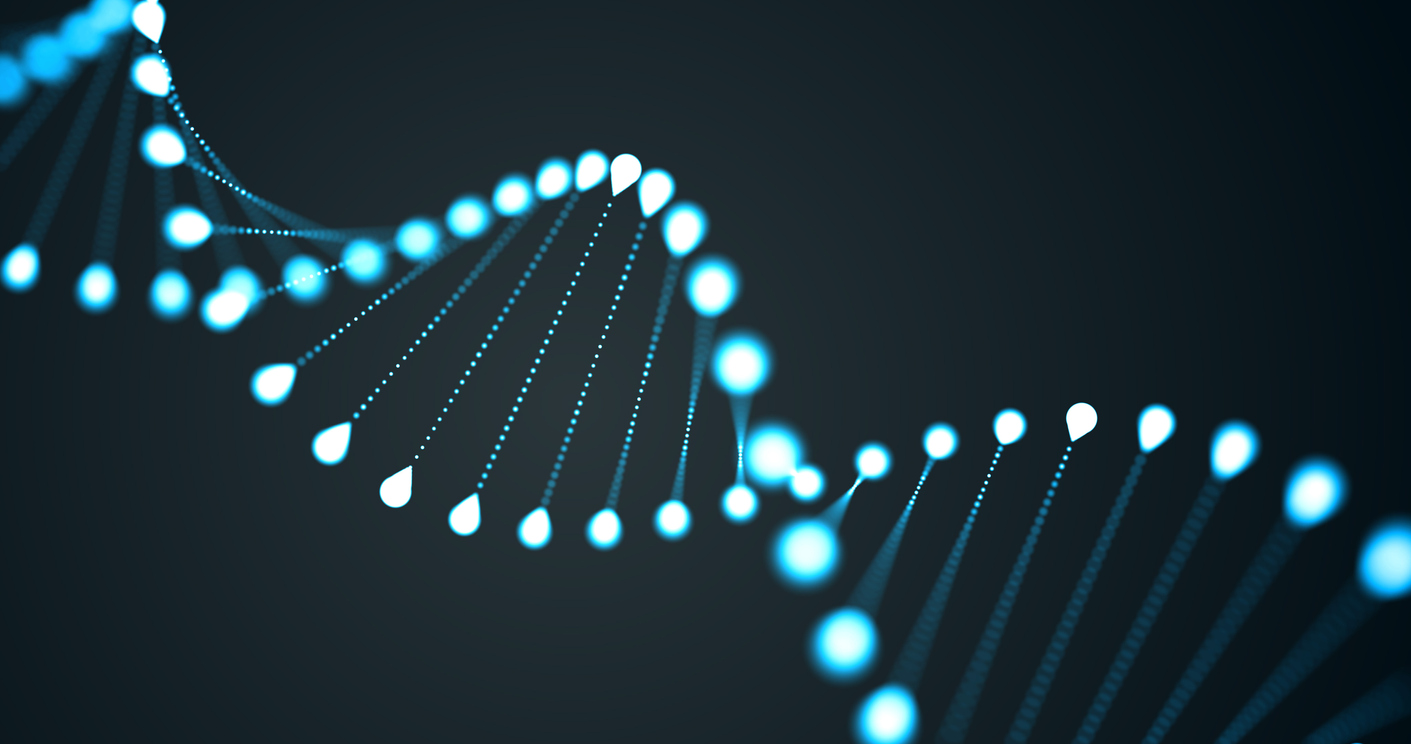Gene therapies offer a new frontier for many neurological diseases. Addressing the treatment challenges posed by conditions such as Duchenne muscular dystrophy (DMD) could provide targeted therapy with a durable treatment response. This industry update session at ANA Virtual 2022 shone a spotlight on recent developments.
Gene therapies offer a new frontier for many neurological diseases. Addressing the treatment challenges posed by conditions such as Duchenne muscular dystrophy (DMD) could provide targeted therapy with a durable treatment response. This industry update session at ANA Virtual 2022 shone a spotlight on recent developments.
What is gene therapy?
The aim of gene therapy, said Dr Sandra Reyna (Novartis Gene Therapies), is to introduce or modify genetic material in an individual to achieve a therapeutic objective1. It is an innovative treatment approach for monogenic diseases caused by mutations or overexpression of a single gene1. The genetic material or modifier is introduced into the target cell using a viral or non-viral vector, resulting in increased/decreased protein expression or production of a modified protein1.
An innovative treatment approach for monogenic diseases caused by mutations or overexpression of a single gene
There has been rapid growth in gene therapies since the first retroviral vector was approved in 1989 for gene transfer into humans2. An important development has been discovering the underlying genetic cause of several neurological diseases. After oncology, neurological diseases are one of the most common targets for gene therapies3.
Use of viral vectors
Currently, 88% of gene therapies in development use viral vectors, with adeno-associated virus (AAV) and lentivirus the most common3. Dr John Kincaid (Novartis Gene Therapies) discussed how viral vectors are either injected directly into the target tissue or used to modify the patient’s cells in culture followed by re-injection of cells into the patient4. Each viral vector has a different benefit-risk profile. AAV vectors have a low risk of genomic integration and are naturally non-pathogenic but limited by a small packaging capacity5.
Clinical development
Prof Arthur Burghes (Ohio State University, USA) focused on AAV vectors which display broad tropisms specific to tissue types6. It is possible to engineer unique capsids to target a particular tissue, eg, skeletal muscle for a muscle disease. Biodistribution can vary across different species as well as tissue types, which needs to be considered when using results from animal models7.
It is possible to engineer unique capsids to target a particular tissue
Vector efficacy may be affected by anti-AAV neutralizing antibodies, which are often lower in younger individuals8. Even vectors that have been designed to not integrate with the host have a potential risk of integration. This has been low for AAV vectors in preclinical studies and reduces their oncogenic potential9.
Use in neurological diseases
Optimizing timing of treatment minimizes irreversible disease progression
Dr Bryan McGill (Novartis Institutes for BioMedical Research, Chicago, USA) concluded by discussing the AAV-based gene therapies in development for a range of neurological diseases including familial Parkinson’s disease, X-linked myotubular myopathy, DMD and spinal muscular atrophy7,10. They can be successfully delivered to the CNS via the intraparenchymal, intracerebrospinal fluid or intravenous routes.
Early diagnosis for many of these diseases is important, as optimizing timing of treatment minimizes irreversible disease progression11. In DMD, early intervention to avoid tissue damage needs to be balanced with gene therapy being diluted due to muscle cells still dividing12.
AAV-based gene therapies in humans have demonstrated durable responses to single treatments
AAV-based gene therapies in humans have demonstrated durable responses to single treatments, with improvement in a range of clinical outcomes including motor and respiratory function13. In Parkinson’s disease the effects of a single dose targeting brain neurons has been shown to last over 10 years with transgene persistence in tissues14. Post-administration follow-up is important to monitor long-term outcomes and identify potential adverse events.
Educational financial support for this Industry Update satellite symposium was provided by Novartis Gene Therapies.
Our correspondent’s highlights from the symposium are meant as a fair representation of the scientific content presented. The views and opinions expressed on this page do not necessarily reflect those of Lundbeck.




